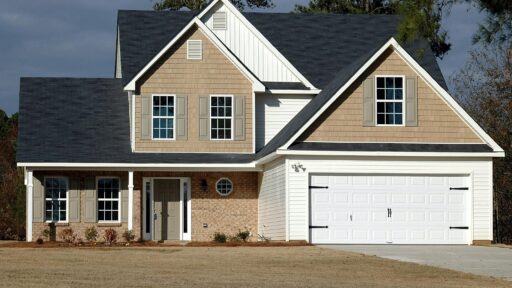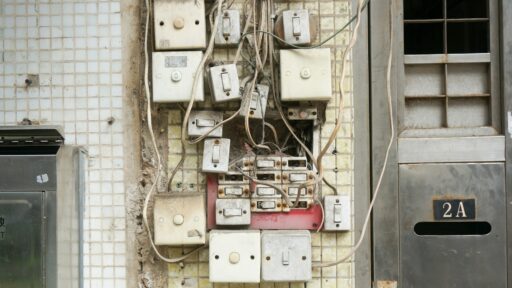Surprise costs feel avoidable only after they happen. Preventive maintenance makes them visible early, so you can act while fixes are still cheap. The goal is simple: keep assets reliable, reduce callouts, and stretch useful life. This guide shows practical ways to build a preventive program that holds up under real conditions, across seasons, and across property types.
Map Your Assets Before You Maintain Them
You cannot maintain what you cannot see. Build one inventory for roofs, HVAC, doors, fire systems, plumbing, lighting, paving, and drainage. Be sure to capture brand, model, age, serials, and service history. Add photos for quick identification, and tag critical items that stop revenue when they fail.
Assign each asset a service frequency, a vendor, and a seasonal window. Be sure to also add expected replacement dates and costs. This simple map turns guesswork into a schedule, and it gives your budget a clear forward view. Review the list each quarter and retire duplicates.
Start With High-Impact Routines, Then Scale
Begin with tasks that cut the most risk per hour. Change filters, check belts, clean condenser coils, and walk roofs after storms. In addition, clear gutters before the first cold snap, and test emergency lighting monthly. Be sure to log readings so trends stand out.
For best results, you should partner with trusted professionals. Shortlist local options such as these maintenance companies Baton Rouge for multi-site portfolios. Use their routes, parts access, and response times to cover more ground with fewer trips. Prove results with two or three buildings, then roll out the pattern.
Use Data to Time the Work
Run a simple CMMS or a shared sheet to record dates, tasks, readings, photos, and notes. Track the mean time between failures for repeat offenders, and watch energy use by meter or submeter when possible. In addition, watch for performance drift, including rising amperage, hot bearings, and a coil delta T that keeps shrinking.
Age matters, but condition trends matter more. Let the numbers set the next task date. It keeps plans honest and budgets clean. Make sure to share a one-page dashboard each month with outages avoided and dollars saved. Data turns maintenance from a cost center into risk control.
Standardize Scopes, Supplies, and Closeout
Use one-page scopes for repeat tasks. List what to inspect, tighten, clean, and test. Name the parts to replace and the tolerances to accept, and ensure that core consumables, including filters, belts, lamps, fuses, and gaskets, are kept on site where it makes sense. Label shelves, count items weekly, and lock the cabinet.
Close out the same way every time. Collect a signed checklist, readings, and before-and-after photos, and save them to a single folder structure with clear file names. These habits cut call length, raise first-visit fix rates, and keep vans light. Clean documentation also prevents billing disputes and speeds training.
Protect the Envelope and the Site First
Water breaks budgets, so chase it out early. Clear drains, note blisters and seams, and seal what you can, then schedule repairs before the rainy season. Watch parapets, skylights, and penetrations. At ground level, confirm the slope carries water away from the building.
Make sure to keep gutters, downspouts, and splash blocks clear. Patch paving that traps water, and trim trees off the roofline. Additionally, add moisture checks inside at known weak points. A small stain often marks a big risk. Be sure to fix the source, then the repair finishes. Dry buildings stay cheaper, safer, and easier to insure.
Prepare for Storms As if They Are Scheduled
Build a checklist for pre-storm and post-storm tasks. Fuel and test generators, and stage tarps, cones, cord reels, fans, and wet vacs. Back up data and vendor contacts, and set photo rules for claims.
After the event, document damage by zone. Triage leaks, power, and access first, and call vendors with a clear scope and photos. Speed beats scale when roads clog. Run a short drill each spring, then tune the kit after every real event. Practice turns chaos into steps you already know.
Train the People Who See Problems First
Most failures announce themselves. Staff can spot them if they know what to look for. Teach a simple four-step loop: see it, stop it if unsafe, snap photos, and send a ticket. Post checklists in mechanical rooms and by docks. Show examples of common failure signs, such as burnt contacts, belt dust, oil stains, and hot smells near panels.
Be sure to reward early reports; good eyes buy you time and choice. Add a five-minute huddle each week, and share one picture and one fix. Make sure to rotate topics so custodial teams, security, and tenant reps learn what matters.
Endnote
Preventive maintenance is not extra work; it is the work that keeps everything else working. Start with a clean asset map, a few high-impact routines, and short written scopes. Track the data you can get now, and keep water out and power steady. Be sure to also plan for storms and train your front line.
Keep the rhythm consistent. As routines stick, surprises fade, comfort improves, and assets last longer. This steadiness protects cash flow year-round. Share a short quarterly report with simple charts and photos to show the wins.






